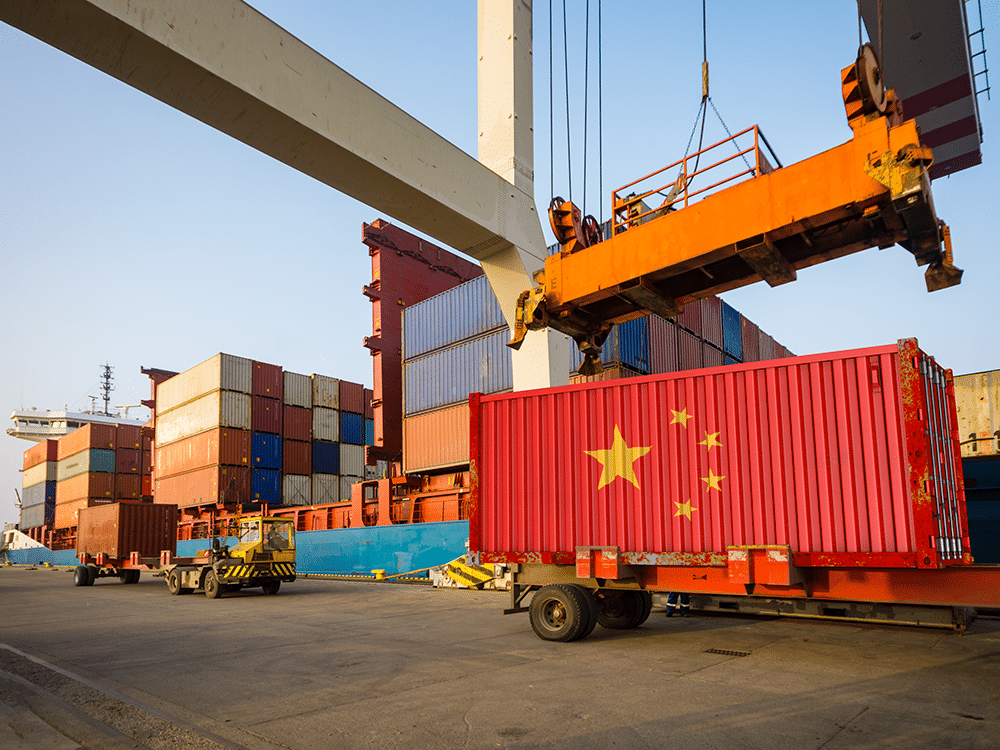Global bauxite and aluminum prices have surged to a five-month high this month, driven by economic growth, growing supply concerns, a dip in the value of the U.S. dollar and the “China factor.” Currently, analysts predict that prices could rise further from current levels.
Aluminum prices are currently about 18% higher year-on-year. Even aluminum futures are up on most major markets, including the London Metal Exchange. For example, on November 7, aluminum three-month futures on the LME scored a high of US $2,710 a tonne. Analysts noted that new trader positions, driven by demand from consuming industries, helped support aluminum prices in the futures market.
According to some media reports, a bull run in the aluminum/bauxite market is pushing renewed buying. One Hindu BusinessLine report quoted analysts as predicting prices could only rise from current levels. In fact, the article quoted an analyst from research agency BMI as saying they had revised their earlier 2024 forecast from US $2400 a ton to $2450 a ton.
Of the many factors propelling the growth in aluminum prices, two stand out: increasing worry over the supply of raw material on the market and broader global developments.
Get early warnings about low material availability and proactive sourcing strategies with MetalMiner’s weekly newsletter.
The China Factor
Some metal stocks, including aluminum, have been in the news a lot more lately. This is mainly the result of a Chinese Government announcement stating that it would remove the 13% export tax rebates for specific aluminum and copper products as of December 1, 2024.
Many sector specialists warn that this move could bring down the extra supply of Chinese aluminum to other countries. This is potentially problematic as China is one of the largest producers of aluminum in the world.

A CNBC/TV18 report quoted Kunal Shah, Head of Commodities Research at Nirmal Bang, as predicting more price hikes fueled by supply hurdles and geopolitical tensions. It’s no secret that U.S. President-elect Donald Trump is likely to impose tariffs on incoming goods from countries like Canada, India and China. Analysts, including Shah, suggest that China’s removal of tax rebates signals a shift toward a policy designed to safeguard its domestic producers.
While this strategy would restrain exports, it would simultaneously lead to excess supply in the local market. Some estimates predict the Chinese move could remove five million tons of aluminum from the global market, leading to even more short-term inflation for metal prices.
Want monthly price trends for 10 different metal industries? Sign up for MetalMiner’s free monthly MMI report.
Bauxite Prices Hit Record High
According to ING Think, pressure from trade concerns may have pushed China to eliminate subsidies deemed unfair by its trade partners. This decision coincided with bauxite prices nearing a record high after Guinea halted exports by Emirates Global Aluminum.

The stoppage by the world’s largest bauxite miner, combined with reduced output from Australia and Jamaica, has severely strained supply. As a result, Chinese smelters are facing a supply crunch, with ore inventories dropping to their lowest levels since 2015.
According to another report by the World Bank, China continues to expand smelter operations in South-East Asia, even as it is now looking to cap domestic aluminum production at about 45 million tons.
China’s Export Rebate Changes
Only a few days ago, Beijing announced significant changes to its export rebate policy, eliminating the tax rebate on aluminum and copper exports and reducing relief for batteries and solar panels. China’s aluminum industry has long been a major exporter of semi-fabricated products like rods, plates and foil, which are used in manufacturing or remelted into new shapes.

These exports are critical to industries ranging from beverage cans to automobiles, but have also fueled previous trade disputes with the U.S. and Europe. Meanwhile, global smelters have faced shutdowns due to oversupply, low prices and soaring energy costs, factors often exacerbated by Chinese exports.
Also contributing to the rise in these metal prices was a softer U.S. dollar. With the dollar easing after a strong rally, metals have become more affordable for global buyers, boosting market optimism.
Discover how MetalMiner Insights empowers you to optimize metal sourcing for maximum cost savings and ROI. Learn more.
Supply Concerns and Aluminum Prices
Meanwhile, China’s cutback on export subsidies has raised supply concerns, likely driving prices higher and affecting industries dependent on multiple metals. The decision is critical for global markets, what with tightening global supply and higher future price trends. Those countries dependent on aluminum supply from China may now have to scout for an alternate source to meet their demand.
Rusal to Cut Production
Amidst all this, Russian metals giant Rusal recently announced plans to cut aluminum production by at least 6% in response to rising raw material costs and weakening domestic demand. In the initial phase, the company will reduce output by 250,000 metric tons. However, representatives did not disclose details about further reductions or the timeline.
Does your company have an aluminum buying strategy based on current aluminum price trends?




